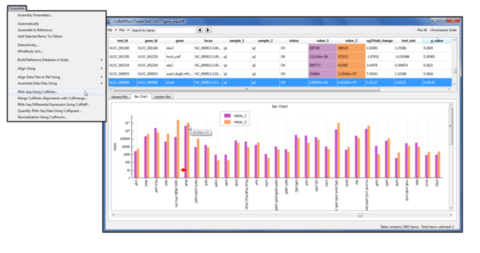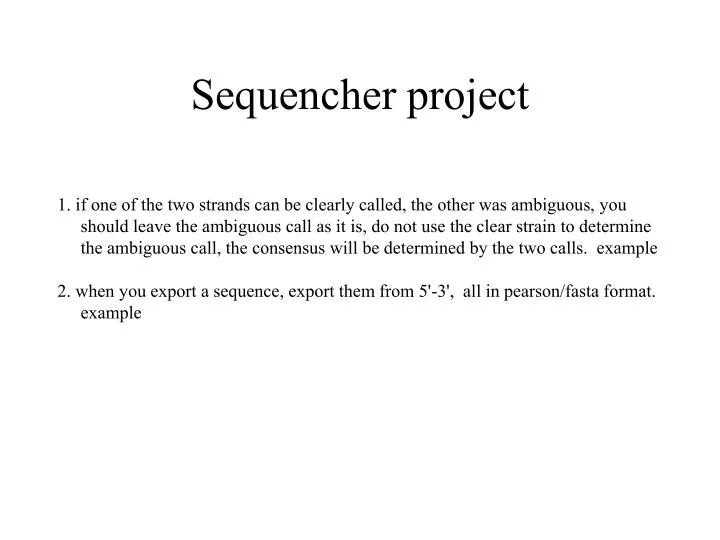

The first robust phylogeny for Isogenoides is found below. Likelihood analysis was performed by using Modeltest (Posada, 1998). Partition Bremer support values were computed in TreeRot.v2a (Sorenson, 1999) using PAUP 4.0b.7 (Swofford, 2001). All partitions were analyzed via Optimizaiton Alignment in POY (Galdstein, 1997). The alignment for the six genes was generated manually in Sequencher 4.1 (Genecodes, 1999). Sequences were generated using an ABI 3730xl DNA Analyzer at the DNA Sequencing Center, BYU. PCR products were examined via agrose gel electrophoresis and subsequently purified using Montage PCR Cleanup Kit (Millipore) and cycle-sequenced using BigDye Terminator chemistry (ABI). Standard amplification temperature profiles were employed. 18S and 28S nuclear ribosomal DNA, Histone-3 protein coding gene and 16S, 12S and COII mitochondrial genes were amplified using AmpliTaq Gold DNA Polymerase (Applied Biosystems, Foster City, CA) from primers designed from insects. Extraction was performed using Qiagen Dneasy Tissue Kit (Qiagen Inc., Valencia, CA). The thorax or leg of the insect specimen was used for extraction of genomic DNA. MethodsĪll specimens were preserved in 100% and stored at –80✬.
#SEQUENCHER COMPANY SERIES#
The constructed phylogeny is now enabling us to evaluate discrete characteristics of the call-response-answer series observed in Isogenoides, and determine how these signals have evolved. The project consisted of sequencing six genes (18S, 28S, Histone-3, and three mitochondrial genes: COII, 12S, 16S) from each of the seven species and constructing the first robust phylogeny for the genus. Despite the implications of this very little is known regarding the evolution of these signals. This behavior has been hypothesized as both a barrier to cross-species mating and as a mechanism of speciation. The female will respond with her own drumming pattern and, in most species, the male confirms the acceptability of the female with a final, distinct answer. The male taps his abdomen on the substrate with a specific “drumming” pattern until he attracts a mate. Each species has a limited distribution and a distinct system of courtship behavior.


The genus is composed of seven separate species and is endemic to North America. Isogenoides is a genus of Plecoptera (stoneflies) from the family Perlodidae. Whiting, Integrative Biology Introduction


 0 kommentar(er)
0 kommentar(er)
